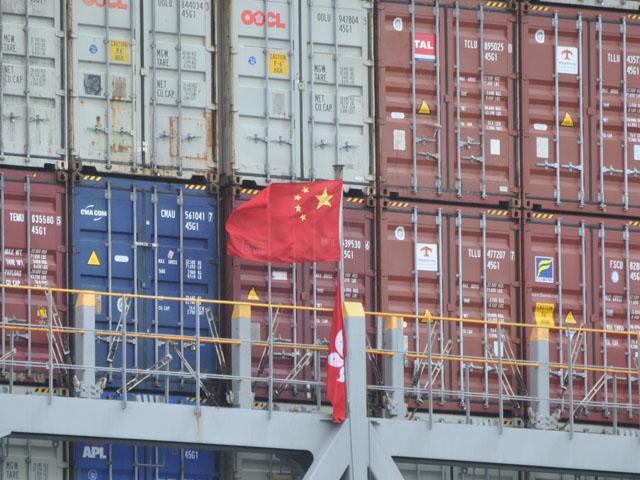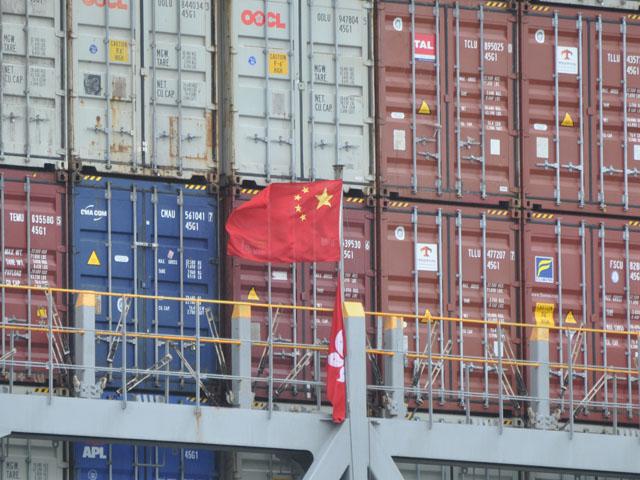Ag Policy Blog
WTO Rejects Chinese Tariffs From Trump-Era Trade War
OMAHA (DTN) -- A World Trade Organization ruling upheld U.S. tariffs on steel and aluminum in 2018 but rejected China's retaliatory tariffs against an array of U.S. goods in response.
China, in response, called for the U.S. to remove the 25% tariff on steel and a 10% tariff on aluminum from China that have been in effect since 2018.
The WTO on Wednesday handed down a ruling on China's tariffs on 123 different products, including U.S. agricultural goods. The WTO stated China's added tariffs were "inconsistent" with a 1994 General Agreement on Tariffs and Trade (GATT) treaty.
The Chinese retaliatory tariffs, which ranged from 10% to 25%, also led to China drastically cutting its imports of U.S. farm products. The Trump administration then spent more than $23 billion over two years to support farmers through the Market Facilitation Program.
P[L1] D[0x0] M[300x250] OOP[F] ADUNIT[] T[]
The American Farm Bureau Federation praised the WTO ruling. "AFBF is pleased that the WTO dispute panel ruled against China's imposition of unjust retaliatory tariffs on U.S. agricultural products. Agricultural trade is necessary for food security around the world and should not be endangered by retaliation for unrelated concerns," said Zippy Duvall, president of AFBF.
On the campaign trail, former President Donald Trump said last weekend in Iowa that he took $28 billion in Chinese tariffs and gave the money to U.S. farmers.
Despite the acrimony, the Trump administration and China signed a trade deal in early 2020 that has driven China to become the top U.S. market for U.S. agricultural products. China purchased $38.1 billion in U.S. agricultural products in 2022. Through June of this year, China has purchased $13.95 billion in U.S. agricultural products, down about 13% from the first six months of last year.
Initially, the trade war began when the Trump administration placed tariffs on steel and aluminum under Section 232 of the Trade Expansion Act, which declared the need to protect the steel and aluminum industries for national security purposes.
The U.S. Trade Representative's Office, in response to the ruling, stated it was pleased the WTO upheld the Section 232 tariffs while declaring China "illegally retaliated with sham 'safeguard' tariffs."
China had challenged the U.S. tariffs in the WTO as well. But the U.S. Trade Representative's Office (USTR), in response to Wednesday's ruling, noted, "The WTO does not have the authority to second-guess a WTO member's response to threats to its security, and WTO reform must ensure that issues of national security cannot be reviewed in WTO dispute settlement."
Still, the USTR also stated, "The WTO has proven ineffective at addressing non-market excess capacity from China and others that is an existential threat to market-oriented steel and aluminum sectors and, through the effects on imports, a threat to U.S. national security, including by eroding U.S. steel and aluminum manufacturing capacity."
The Wall Street Journal reported China's Commerce Ministry was studying the case but criticized the ruling. The ministry stated the root of the problem "lies in the unilateralism and protectionism of the U.S.," the WSJ quoted the ministry as stating. China also demanded the U.S. remove its steel and aluminum tariffs.
Chris Clayton can be reached at Chris.Clayton@dtn.com
Follow him on X, formerly known as Twitter, @ChrisClaytonDTN
(c) Copyright 2023 DTN, LLC. All rights reserved.






Comments
To comment, please Log In or Join our Community .